Last Updated on June 16, 2025 by Jeffrey Calderon
Local Law 11: NYC Building Inspection Requirements
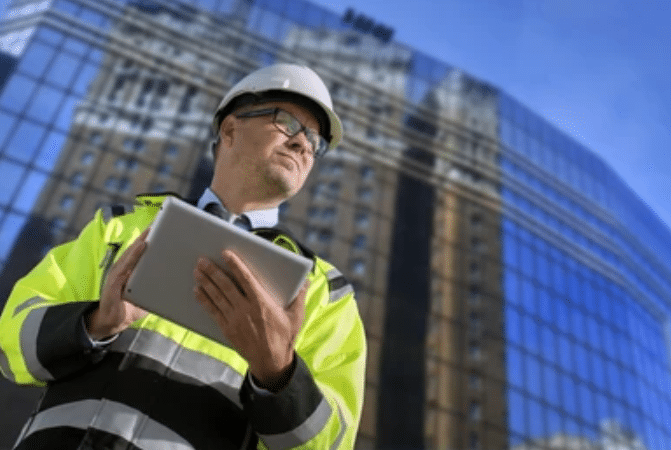
Local Law 11, also known as the Facade Inspection and Safety Program (FISP), is a crucial regulation in New York City aimed at ensuring public safety by requiring regular inspections of building exteriors.
This law has evolved from its predecessor, Local Law 10, to address additional concerns and improve overall effectiveness.
In this blog post, we will explore the details of Local Law 11, exploring who it affects and the requirements that building owners must meet. Furthermore, we’ll discuss how often these inspections are mandated and who is responsible for conducting them.
By understanding these aspects of Local Law 11, homeowners, contractors, property managers and other stakeholders can better navigate compliance with this essential legislation.
What is Local Law 11?
In response to multiple episodes of falling masonry from building facades, leading to injuries and even death, this law was put into effect.
The primary objective of Local Law 11 is to ensure public safety by maintaining the structural integrity and stability of building exteriors throughout NYC. Building owners are required to hire qualified professionals for regular facade inspections, identify any unsafe conditions, and promptly address necessary repairs or maintenance tasks.
- Origins: Local Law 11 was first introduced in 1980 as “Local Law 10” following a tragic accident where a college student lost her life due to falling masonry from an apartment building. In response to this incident, lawmakers established regulations requiring routine facade inspections for buildings over six stories tall.
- Amendments: The law underwent revisions in 1998 resulting in its current form – Local Law 11/98 – which expanded inspection requirements beyond just street-facing facades and included additional provisions related to balconies, railings, fire escapes, signage installations among others.
To maintain compliance with Local Law 11 guidelines set forth by the Department of Buildings (DOB), property owners must adhere strictly not only during scheduled inspection cycles but also when undertaking alterations or renovations on their buildings’ exteriors.
Mandatory Reporting & Filing
In addition to conducting mandatory inspections every five years under Local Law 11, building owners are required to submit detailed inspection reports to the DOB. These reports must include a comprehensive assessment of the building’s exterior walls, identifying any unsafe conditions or necessary repairs. Non-compliance with Local Law 11 can lead to hefty fines and sanctions.
Importance of Compliance
Compliance with Local Law 11 is crucial for ensuring public safety and maintaining property values within New York City. By conducting regular inspections and addressing any issues promptly, building owners contribute towards creating a safer urban environment while also protecting their investment in real estate assets.
Local Law 11 is an integral part of the safety and safeguarding of NYC’s edifices, affecting a broad scope of people, from tenants to contractors – so it is imperative that all are familiar with its mandates. It affects a wide range of individuals, from homeowners to contractors, so it is essential that everyone understands its requirements. Now let us take a closer look at who Local Law 11 affects.
Local Law 11, also known as the Facade Inspection and Safety Program (FISP), mandates periodic inspections of buildings taller than six stories to ensure public safety. Building owners must hire qualified professionals for regular facade inspections, identify any unsafe conditions, and promptly address necessary repairs or maintenance tasks to maintain compliance with DOB guidelines. Compliance is crucial for creating a safer urban environment while protecting real estate assets.
Who Does Local Law 11 Affect?
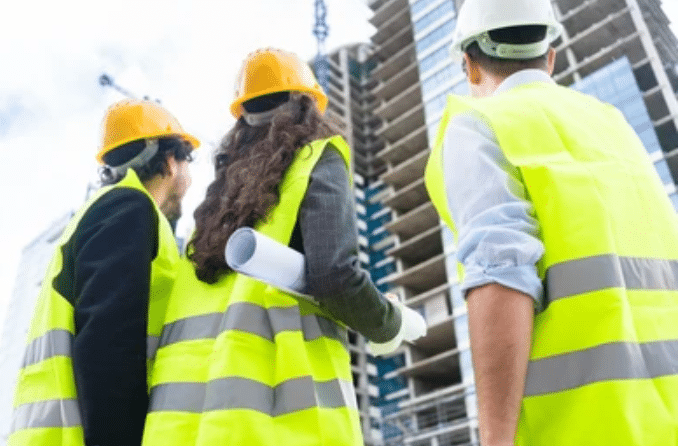
Local Law 11 affects all building owners and contractors responsible for maintaining the exterior walls of buildings taller than six stories in New York City. This law aims to ensure that these structures remain safe and structurally sound, protecting both residents and pedestrians from potential hazards.
The responsibility of complying with Local Law 11 falls on the shoulders of building owners, who must hire qualified professionals to conduct periodic inspections and carry out necessary repairs. Failure to comply can result in hefty fines or even legal action by the New York City Department of Buildings (DOB).
Building Owners
- Maintaining Compliance: Building owners are required to keep their properties up-to-date with Local Law 11 requirements, which includes hiring a professional engineer or registered architect to perform regular inspections every five years.
- Filing Reports: After each inspection cycle, building owners must submit a report detailing any issues found during the inspection process. The DOB then reviews these reports and determines if further action is needed.
- Scheduling Repairs: If an inspection reveals any problems with a building’s exterior walls, it is up to the owner to schedule necessary repairs within a specified timeframe set by the DOB.
Contractors
- Licensing Requirements: Contractors performing work related to Local Law 11 compliance must hold appropriate licenses issued by the DOB. These include special rigging licenses for facade repair projects involving scaffolding or suspended platforms.
- Understanding Local Law 11: Contractors must be well-versed in the specifics of Local Law 11 to ensure that their work meets all necessary requirements and standards.
- Maintaining Safety Standards: In addition to complying with Local Law 11, contractors are responsible for adhering to all applicable safety regulations during facade repair projects. This includes following proper procedures for erecting scaffolding, securing equipment, and protecting pedestrians from potential hazards.
Both building owners and contractors play a crucial role in ensuring compliance with Local Law 11. By staying informed about inspection cycles, licensing requirements, and safety standards, they can help maintain the structural integrity of New York City’s buildings while keeping residents and pedestrians safe from harm.
Local Law 11 affects all building owners in New York City who have exterior walls that are more than six feet above the adjacent grade. Now, let’s take a look at what requirements Local Law 11 imposes on these building owners.
Local Law 11 affects building owners and contractors responsible for maintaining the exterior walls of buildings taller than six stories in NYC. Building owners must hire qualified professionals to conduct periodic inspections, file reports, and schedule repairs if necessary. Contractors performing work related to Local Law 11 compliance must hold appropriate licenses issued by the DOB, understand its specifics, and maintain safety standards during facade repair projects.
What are the Requirements of Local Law 11?
Local Law 11 mandates that building owners and contractors ensure the safety and structural integrity of their buildings’ exterior walls by adhering to a set of specific requirements. These requirements aim to prevent accidents, protect pedestrians, and maintain the overall aesthetic appeal of New York City’s skyline.
A. Periodic Inspections
The primary requirement under Local Law 11 is for periodic inspections to be conducted on all buildings taller than six stories in NYC every five years. This inspection cycle ensures that any potential issues with exterior walls are identified early so they can be addressed promptly.
B. Repairs and Maintenance
If an inspection reveals any problems or deficiencies with a building’s exterior walls, repairs must be carried out within a specified timeframe as mandated by Local Law 11 regulations. The extent of these repairs will depend on the severity of the issue but may include masonry work, repointing brickwork, or replacing damaged sections entirely.
i) Critical Examination Report (CER)
- A Critical Examination Report (CER), prepared by qualified professionals approved by DOB in NYC should detail all findings from each inspection.
- This report must classify each inspected facade into one of three categories: Safe; Safe With Repair And/or Maintenance Program (SWARMP); Unsafe.
- If an inspection reveals any unsafe conditions, swift corrective measures must be taken.
ii) Filing Requirements
Building owners and contractors must file the CER with the DOB within 60 days of completing an inspection. Failure to file the CER with DOB within 60 days of inspection may result in penalties, such as fines.
C. Compliance with Other Regulations
In addition to Local Law 11 requirements, building owners and contractors must also comply with other relevant NYC Building Codes, such as those related to energy efficiency or accessibility standards.
D. Record Keeping
Owners must preserve records of any investigations, restorations, and upkeep tasks accomplished on their building’s external walls for at least six years after each review cycle. These records should be readily available for review by DOB inspectors upon request.
Local Law 11 requires that all buildings over six stories must be inspected every five years in order to maintain safety standards. It is essential to comprehend the frequency of these assessments and what particular conditions must be met in order to conform with the regulation.
Local Law 11 mandates periodic inspections of buildings taller than six stories in NYC every five years to ensure the safety and structural integrity of their exterior walls. If any issues are found, repairs must be carried out within a specified timeframe, and owners must file a Critical Examination Report with the DOB within 60 days. Building owners and contractors must also comply with other relevant NYC Building Codes while maintaining records of all inspections, repairs, and maintenance work for at least six years following each inspection cycle.
How Often Must Buildings Be Inspected Under Local Law 11?
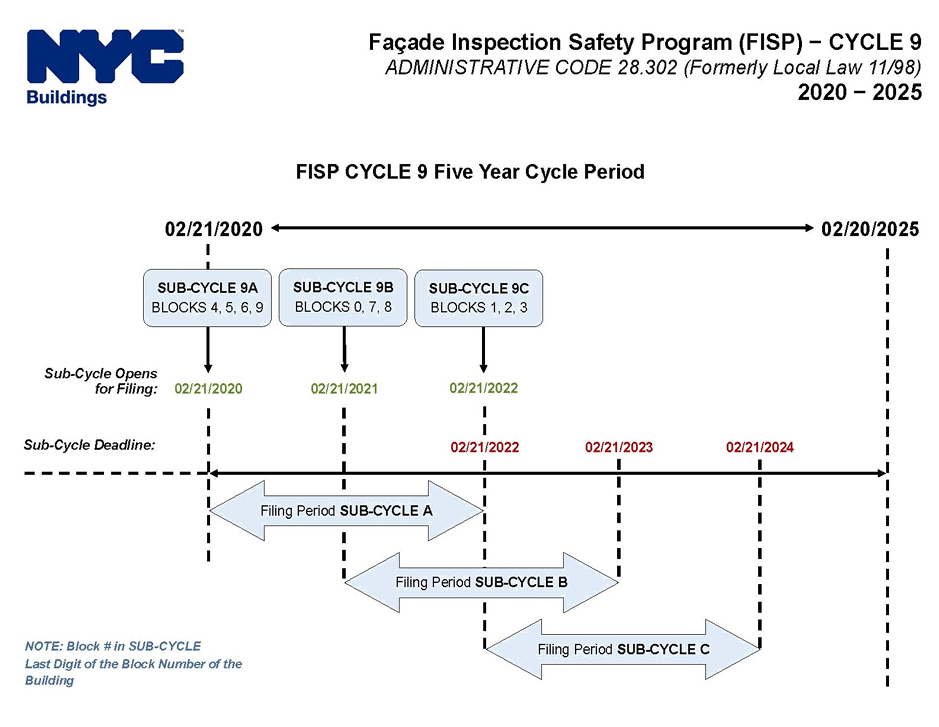
Under Local Law 11, NYC edifices surpassing six stories in height must undergo regular assessments to guarantee the security and structural solidity of their exterior walls. These inspections must take place every five years, with each inspection cycle referred to as a “Filing Window.” The Department of Buildings (DOB) divides these filing windows into three sub-cycles:
- Sub-cycle A: Years one and two
- Sub-cycle B: Years three and four
- Sub-cycle C: Year five
The specific sub-cycle that a building falls under depends on its block number, which can be found using the DOB’s online Building Information System (BISWeb). It is crucial for building owners and contractors responsible for maintaining these structures to keep track of their assigned sub-cycles so they can plan accordingly.
In addition to the mandatory five-year inspections, any changes or alterations made to a building’s exterior walls may require an additional inspection by a qualified professional approved by the DOB. This ensures that all modifications comply with local regulations and do not compromise the overall safety of the structure.
Maintaining Compliance Between Inspection Cycles
To maintain compliance between inspection cycles, it is essential for building owners and contractors alike to monitor their properties regularly. Any signs of deterioration or damage should be addressed promptly through proper maintenance and repair. By staying proactive, building owners can avoid potential penalties for non-compliance with Local Law 11 requirements.
Preparing for Inspections
To ensure a smooth inspection process, it is crucial to hire a qualified professional approved by the DOB to conduct the examination. This may include architects or engineers who specialize in exterior wall inspections and have experience working within New York City’s unique regulatory environment. Additionally, having all necessary documentation on hand – such as previous inspection reports, maintenance records, and any permits related to alterations made since the last inspection – will help streamline the process and minimize delays.
In summary, adhering to Local Law 11’s five-year inspection requirement is essential for maintaining safe buildings in New York City while avoiding costly fines or legal repercussions. Staying informed about your building’s assigned sub-cycle filing window and keeping up-to-date with regular maintenance are critical steps towards compliance.
Local Law 11 assessments must be done every five years in order to guarantee the protection of structures and those within them. The next heading will discuss who is responsible for conducting these inspections.
Under Local Law 11, buildings taller than six stories in NYC must undergo periodic inspections every five years to ensure their safety and structural integrity. Building owners and contractors should monitor their properties regularly for signs of deterioration or damage, hire qualified professionals approved by the DOB to conduct examinations, and keep all necessary documentation on hand to prepare for inspections.
Who Conducts Inspections Under Local Law 11?
Inspections under Local Law 11 are conducted by qualified professionals approved by the Department of Buildings (DOB) in New York City. QEWIs, designated as such by the DOB, are essential for maintaining safety and structural integrity in buildings of more than six stories.
A. Qualifications for QEWIs
To become a QEWI, an individual must meet specific requirements set forth by the DOB:
- Possess a valid license as either a Registered Architect or Professional Engineer in the State of New York;
- Demonstrate at least one year of relevant experience with exterior wall inspections; and
- Complete continuing education courses related to building envelope inspection and repair.
B. Responsibilities of QEWIs during the Inspection Process
The primary responsibility of a QEWI is to conduct thorough inspections following guidelines established by Local Law 11:
- Evaluation: The QEWI evaluates the exterior walls’ condition, identifying any potential safety hazards or structural issues requiring immediate attention.
- Maintenance Log Review: A review of maintenance logs helps determine if previous repairs were performed correctly and whether additional work may be necessary due to wear-and-tear or aging materials.
- Filing Reports with DOB: Following each inspection cycle, which occurs every five years, the QEWI files detailed reports on their findings with the DOB. These reports must include any necessary repairs, maintenance recommendations, and an overall assessment of the building’s exterior wall condition.
C. Choosing a QEWI for Your Building
Building owners should carefully select a QEWI to ensure compliance with Local Law 11 requirements. It is essential to choose a professional who has experience working with similar buildings in New York City and understands the unique challenges that may arise during inspections.
To find a qualified QEWI, consult resources such as AIA New York or National Society of Professional Engineers (NSPE), which can provide lists of licensed architects and engineers specializing in building envelope inspection and repair.
Qualified Exterior Wall Inspectors (QEWIs) approved by the Department of Buildings conduct inspections under Local Law 11 to ensure buildings taller than six stories remain safe and structurally sound. To become a QEWI, an individual must possess a valid license as either a Registered Architect or Professional Engineer in the State of New York, demonstrate at least one year of relevant experience with exterior wall inspections, and complete continuing education courses related to building envelope inspection and repair. Building owners should carefully select a QEWI who has experience working with similar buildings in New York City to comply with Local Law 11 requirements.
Conclusion
Local Law 11 is a necessary regulation affecting many New York City homeowners and contractors. It requires buildings to be inspected regularly to ensure their safe and secure facades. Local Law 11 outlines the requirements for inspections, such as who can conduct them and how often they must be done, that are necessary to ensure buildings remain compliant with safety regulations.
Understanding the requirements of Local Law 11 is crucial for building owners to stay compliant with the law while also ensuring the safety of their residents or tenants. Contractors can also use this knowledge to provide necessary services to help maintain compliance with the law.
If you need assistance navigating Local Law 11 inspections or other permit regulations in NYC, contact the team at Permits In No Time today. Our experts have years of experience helping clients obtain DOT permits and approvals quickly and efficiently so they can focus on what matters most – running their business.
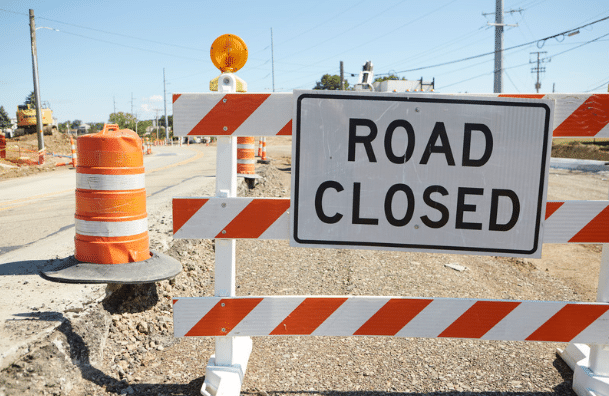

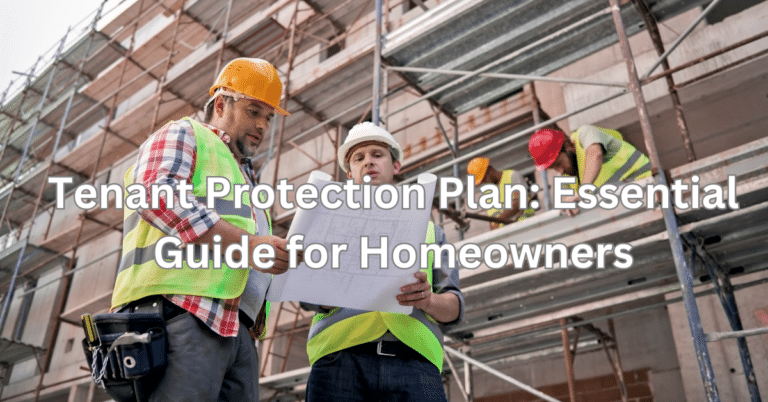
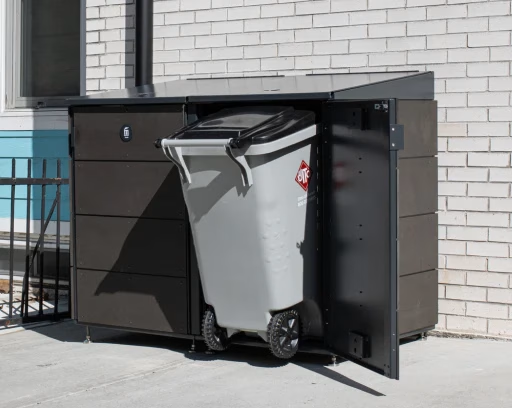

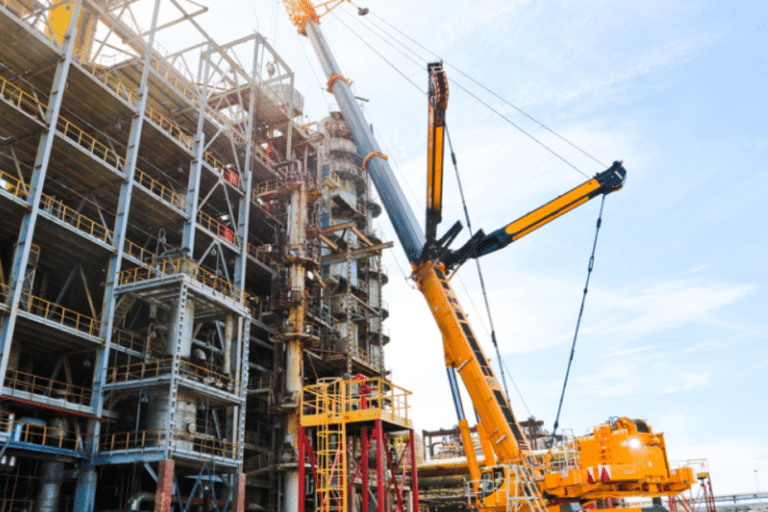
One Comment
Comments are closed.